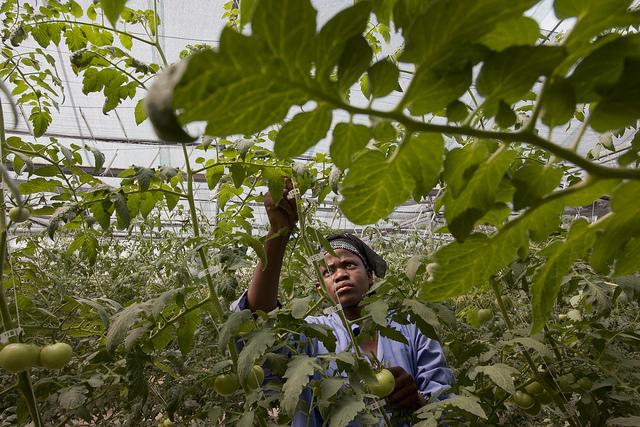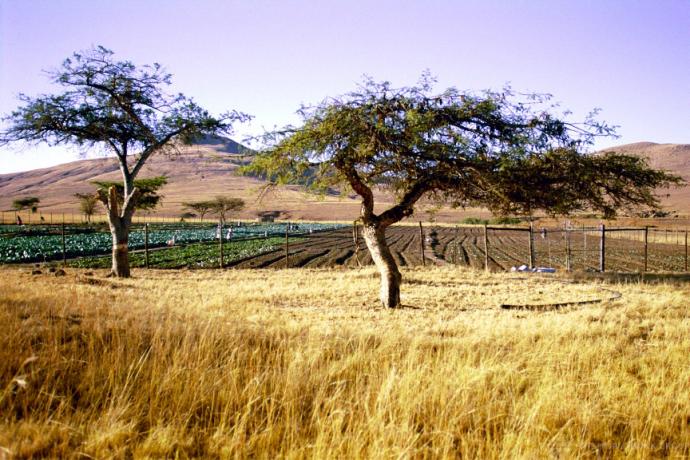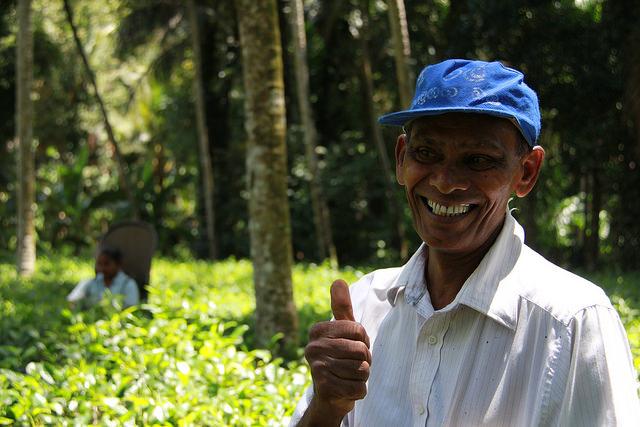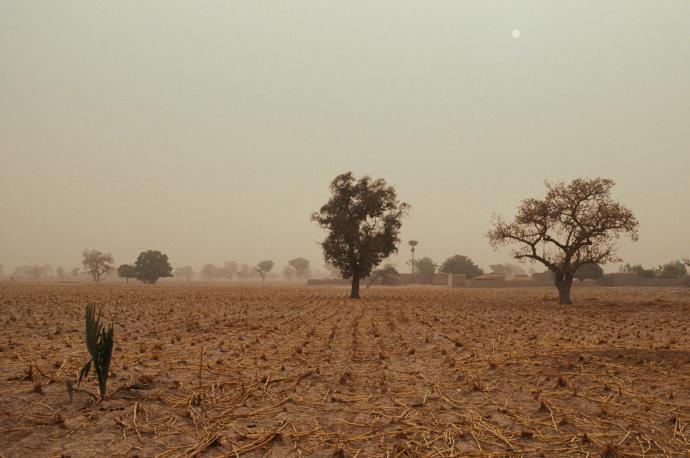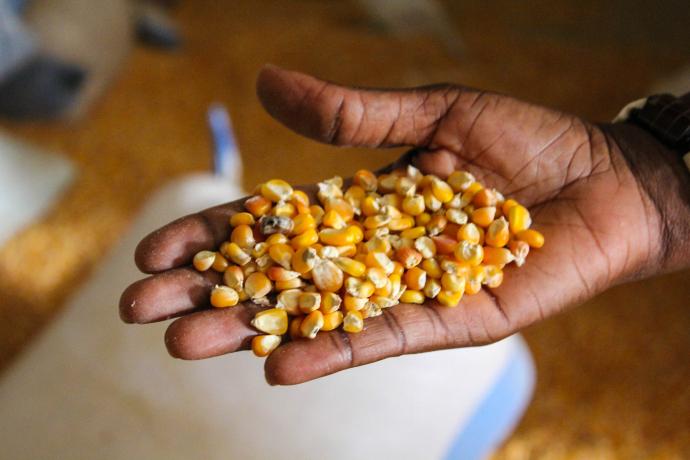24
Nov
Interview with Xavier Gine, Lead Economist within the World Bank Research Department (DEC). 1/ What do we know about index insurance after about 10 years of experience? There has been a lot of research around the question of take-up and impact of index insurance. Despite the potentially large welfare benefits, voluntary take-up of index insurance products has been rather limited so far. Explanations for this low demand could include: The first reason is that the product may be expensive, relative to the existing risk coping strategies. After all, when it is not subsidized as is the case for

